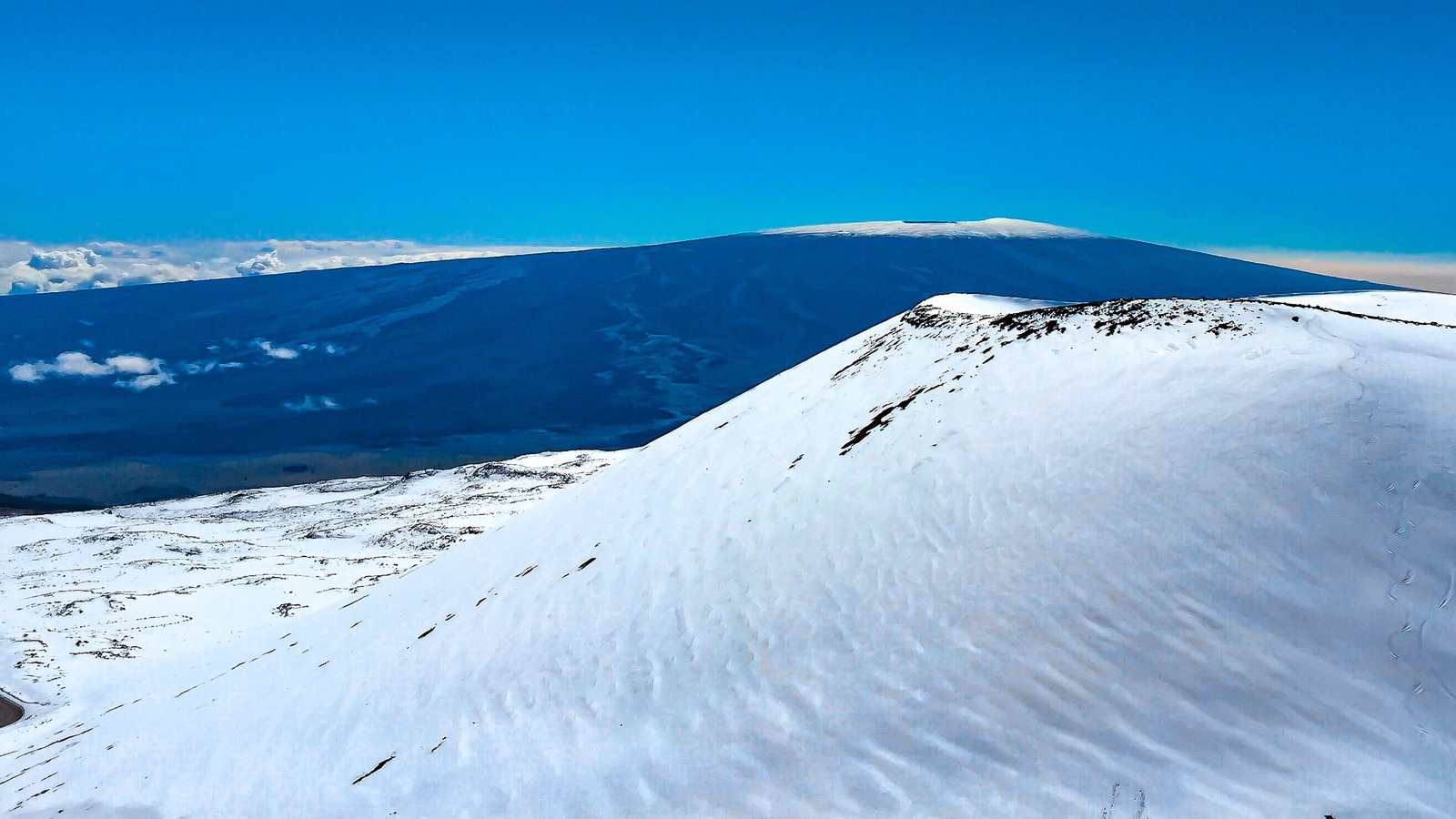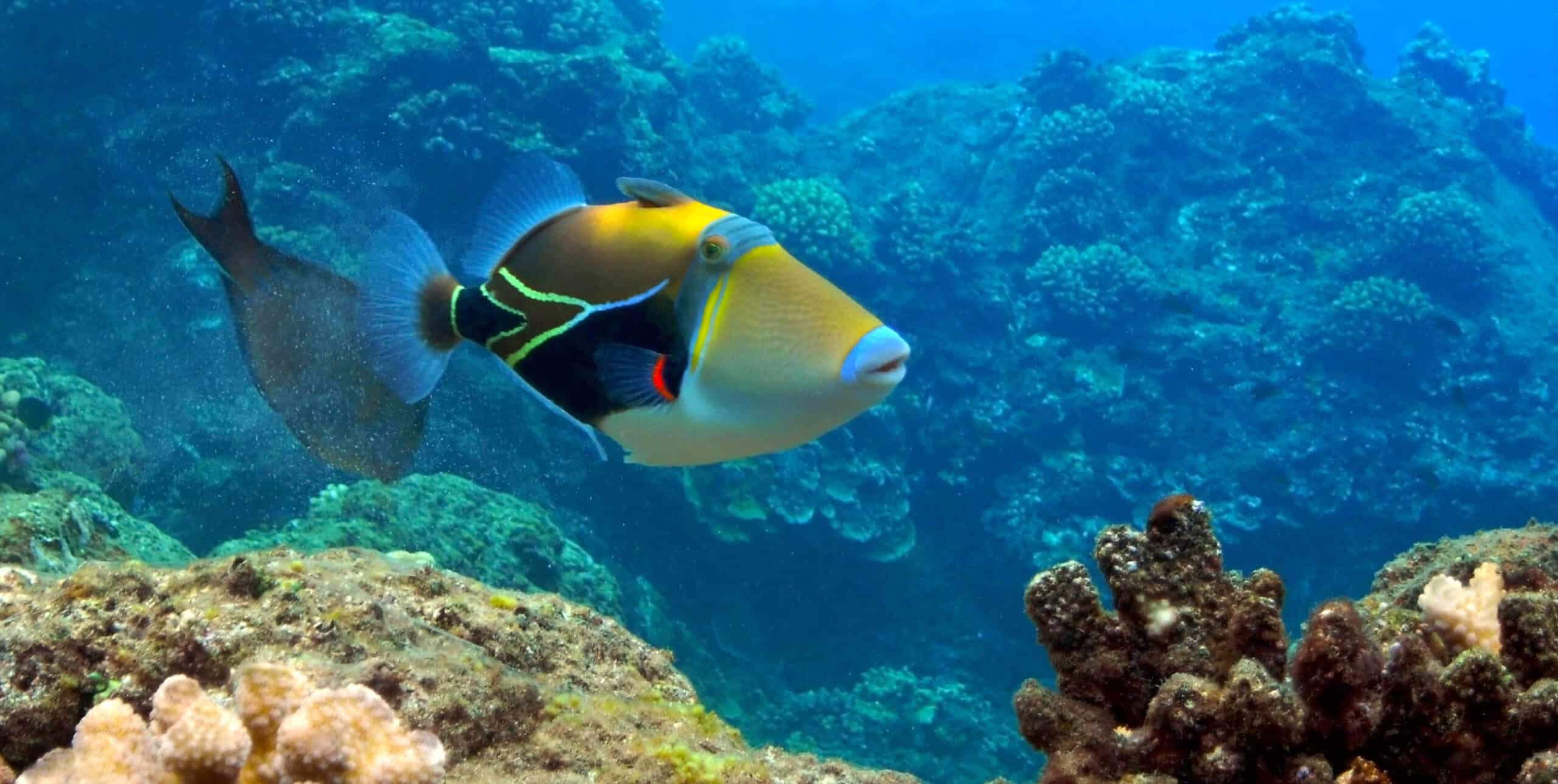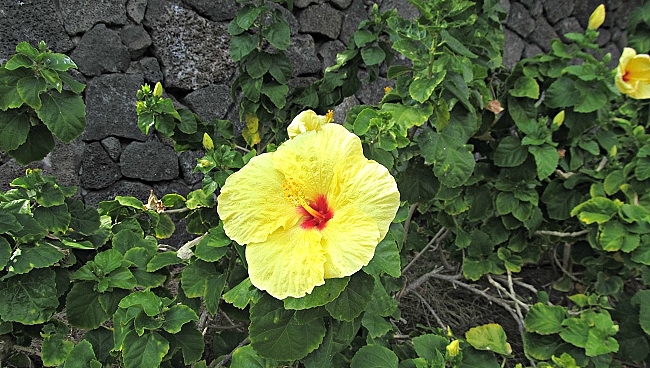When people think of Hawaii, they often picture sunny beaches, palm trees, and vibrant flowers. However, there’s another side to this tropical paradise that many may not know about: Hawaii snow. Yes, you read that right! Snow can be found in Hawaii, but it occurs in some very specific locations. In this article, we will explore the fascinating phenomenon of snow in Hawaii, its causes, and the experiences it offers.
Understanding Hawaii’s Climate
Hawaii is known for its warm and tropical climate, which makes the presence of snow a bit surprising. The islands experience consistent temperatures throughout the year, usually ranging from 70°F to 90°F (21°C to 32°C). This warm climate is largely due to the Pacific Ocean’s influence, but the geography of the islands plays a significant role as well.
Elevation Matters
Snowfall in Hawaii is primarily found at high elevations. The two tallest peaks in Hawaii, Mauna Kea and Mauna Loa, rise over 13,000 feet (4,000 meters) above sea level. At these elevations, temperatures can drop below freezing, allowing for snowfall during the winter months. Understanding this elevation factor is crucial for grasping how snow can coexist with the otherwise warm environment of Hawaii.
The Role of Trade Winds
Trade winds significantly impact Hawaii’s weather. These winds bring moisture from the ocean, which can lead to rain and sometimes snow in higher elevations. As the winds rise over the mountains, the air cools, causing the moisture to condense and fall as precipitation, which can be snow at the peak elevations. You Can Also Read This The Magic of Hawaii Sunset: A Colorful Journey
Where to Find Snow in Hawaii
While snow may not blanket the beaches of Waikiki, there are specific locations where you can experience this rare phenomenon. The most notable places to find snow in Hawaii are on the summits of Mauna Kea and Mauna Loa.
Mauna Kea
Mauna Kea, often referred to as the “White Mountain,” is the highest peak in Hawaii. Its summit, which reaches 13,796 feet (4,205 meters), is home to several observatories and is a popular spot for stargazing. In winter, visitors can enjoy the beauty of snow on Mauna Kea, creating a unique contrast with the surrounding tropical landscape.
Activities on Mauna Kea
Visitors to Mauna Kea can engage in several activities when it snows. Many people enjoy snow tubing, building snowmen, or simply marveling at the rare sight of snow in such a warm environment. The experience of watching the sunset from the summit is also breathtaking, with the snow-capped peak illuminated by the golden rays of the setting sun.
Mauna Loa
Mauna Loa is the second-highest volcano in Hawaii and is known for its massive size. While it does not receive as much snow as Mauna Kea, it can still experience snowfall during winter months. The snow on Mauna Loa is typically less predictable, but when it does occur, it offers visitors a chance to see the beauty of the island from a different perspective.
The Science Behind Hawaii Snow
The occurrence of snow in Hawaii is a fascinating blend of geography, weather patterns, and elevation. To understand how snow can fall in a tropical paradise, we must consider several factors.
Temperature Drops
As you ascend Mauna Kea and Mauna Loa, the temperature drops significantly. At sea level, temperatures are warm and inviting, but at the peaks, temperatures can fall below freezing. This temperature differential is crucial for snow to form. When the atmospheric conditions are right, the moisture in the air can freeze and fall as snow.
Atmospheric Conditions
The presence of snow requires specific atmospheric conditions. For snow to form, there needs to be enough moisture in the air, along with the right temperatures. The trade winds play a vital role in bringing moisture from the ocean to the mountains. When these conditions align, snow can fall in Hawaii’s high elevations.
Snowfall Patterns in Hawaii
Snow in Hawaii is not a common sight, and its occurrence can vary from year to year. Understanding the patterns of snowfall can help you plan your visit if you’re interested in experiencing Hawaii’s unique winter wonderland.
Winter Months
The best time to see snow in Hawaii is during the winter months, particularly from December to February. This period typically sees the coldest temperatures and the most significant chances of snowfall. However, it’s important to note that snowfall can be unpredictable, and not every winter guarantees snow.
Variability of Snowfall
The amount of snowfall can vary significantly from year to year. Some winters may see heavy snowfall, while others might see little to none. This variability adds to the uniqueness of the experience, making every visit to the snow-capped peaks of Hawaii a special event.
Experiences in Hawaii Snow
Experiencing snow in Hawaii is a magical experience. It allows visitors to enjoy activities that are typically associated with colder climates while still being surrounded by the beauty of the tropics.
Snow Tubing and Sledding
One of the most popular activities when snow falls in Hawaii is snow tubing. Many visitors enjoy sliding down the slopes on inner tubes, creating a fun and thrilling experience. The soft snow provides a safe landing, making it a great activity for families and children.
Building Snowmen
When the snow falls, many people take the opportunity to build snowmen or engage in snowball fights. This playful interaction with snow creates lasting memories and adds a touch of whimsy to the Hawaiian experience.
Stargazing
Mauna Kea is renowned for its stargazing opportunities, and experiencing the snow adds an extra layer of magic to the night sky. The clear, crisp air at high elevations provides excellent visibility for stargazing, making it a must-do activity for visitors.
Preparing for a Snowy Adventure in Hawaii
If you’re planning to experience snow in Hawaii, there are some essential tips to keep in mind to ensure you have a safe and enjoyable visit.
Dress Appropriately
The temperature at the summits can be significantly colder than at sea level. It’s important to dress in layers, wearing warm clothing, gloves, and hats. Even though you may be in a tropical paradise, being prepared for the cold is essential when visiting higher elevations.
Check Weather Conditions
Before heading up to Mauna Kea or Mauna Loa, check the weather conditions. Snowfall can vary greatly, and it’s wise to verify if snow is expected on your visit. Websites and local news can provide current conditions and forecasts.
Plan Your Visit
If you’re interested in snow activities, plan your visit during the winter months when snow is more likely. Arriving early in the day allows you to take advantage of the daylight for activities and exploration.
Frequently Asked Questions
Can you ski in Hawaii?
While skiing is not common in Hawaii, some visitors enjoy snow tubing and sledding on the snow-covered slopes of Mauna Kea and Mauna Loa.
When is the best time to see snow in Hawaii?
The best time to see snow in Hawaii is typically during the winter months, especially from December to February.
Is snow common in Hawaii?
Snow in Hawaii is rare and primarily occurs at high elevations on Mauna Kea and Mauna Loa. It is not a regular occurrence, making it a unique experience for visitors.
How cold does it get at the summits?
At the summits of Mauna Kea and Mauna Loa, temperatures can drop below freezing. It’s essential to dress warmly and prepare for cold weather.
What activities can you do in the snow?
Visitors can enjoy various activities in the snow, including snow tubing, sledding, building snowmen, and stargazing.
Conclusion
Hawaii snow is a unique phenomenon that adds an unexpected twist to the island experience. While Hawaii is known for its tropical climate, the high elevations of Mauna Kea and Mauna Loa offer a chance to experience snow in a stunning setting. Whether you’re sledding down a snow-covered slope or gazing at the stars in the crisp mountain air, encountering snow in Hawaii is an unforgettable adventure. For more information about Hawaii and its many wonders, visit Hawaiian Page.



